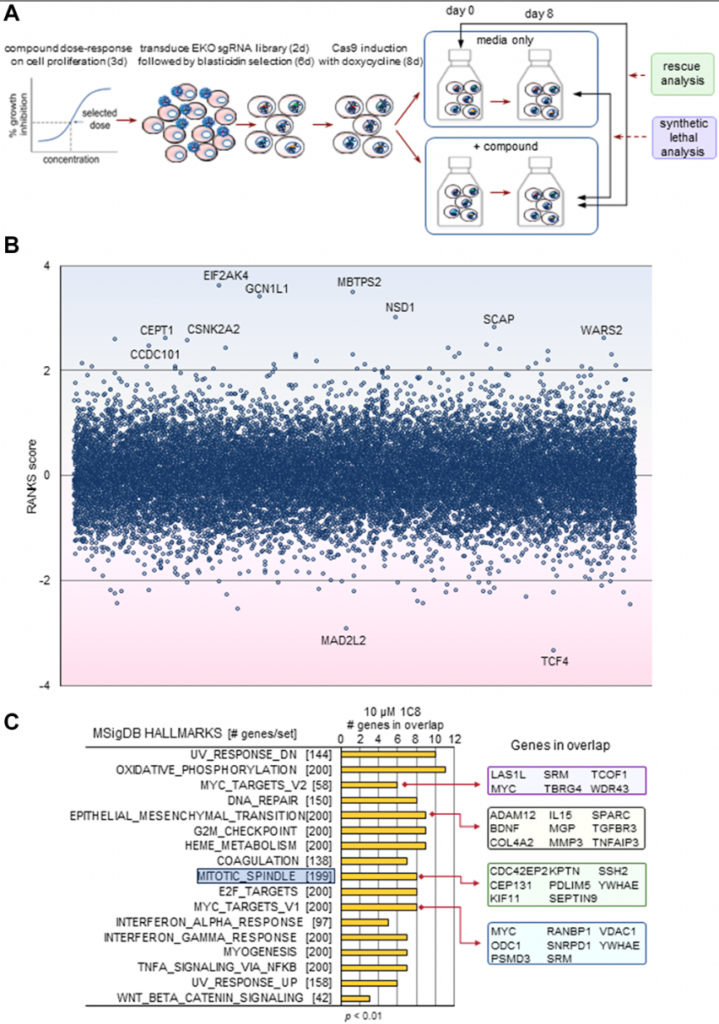Dr. Benoit Chabot from Université de Sherbrooke discusses a research paper he co-authored that was published by Oncotarget, entitled, “The anticancer potential of the CLK kinases inhibitors 1C8 and GPS167 revealed by their impact on the epithelial-mesenchymal transition and the antiviral immune response.”
Behind the Study is a series of transcribed videos of researchers elaborating on their oncology-focused research published by Oncotarget. Visit the Oncotarget YouTube channel for more insights from outstanding authors.
—
Hello, my name is Benoit Chabot. I’m a professor at Université de Sherbrooke in Quebec in Canada. I worked on RNA splicing and its relevance to human diseases including aging, viral infection, and as we will discuss shortly, cancer. I appreciate the opportunity to talk to you a little bit about our recent publication in Oncotarget that deals with CLK kinase.
The CLK kinases, in fact, it’s more the inhibitors of CLK kinases, two compounds that we’ve identified as being capable of inhibiting CLK kinases, and possibly other related kinases as well. And the CLK kinases have been targeted in cancer in recent years, and several type of inhibitors have been described that have the potential to stop cell proliferation in different cancer system like colorectal cancer, breast cancer, and in animal models of human cancer. And so, that’s a very good observation, to block cell proliferation, cancer cell proliferation is welcome. But if we could identify molecules that could block the, in addition to proliferation, can also block metastasis, that would be quite welcome because we recognize that people who suffer from aggressive form of cancer die from metastasis.
So, the first hint that we got that our compound could be useful to prevent metastasis was a chemogenomic screen that was performed in collaboration with the lab of Mike Tyers at Université de Montréal, with Jasmin Coulombe. So, this chemogenomic screen indicated that the function of microtubule was affected by the compounds when treating cancer cell. Now, microtubules are important for cell division, for cell growth, but they’re also been described recently as being important for metastasis. And this is probably because the microtubules are involved in cell architecture, and reconfigurating the cell architecture is a process that must be occurring during metastasis. So, that’s an interesting observation and that could be useful for treating cancer patient.

The second hint that we got came from the analysis of the transcriptome, and I mean by this, the gene expression as well as alternative splicing. And we could see in this analysis that the alternative splicing and expression of microtubule component was affected, which was nicely confirming the information that we obtained from the chemogenomic screen. So, what we also observe in addition to microtubule, was a lot of other processes that were relevant to metastasis as being affected by the compounds, and one of them was the epithelial mesenchymal transition, or EMT, which is crucial for metastasis. We could see components involved in the MIC targets, for example, or TGF-beta signaling, both in terms of expression and splicing as being affected by our compounds. And we could confirm in collaboration with Martin Sauvageau and Sophie (Ehresmann) at the IRCM in Montreal, we could confirm the impact that these compounds add on EMT in the model system.
Finally, we also noted the considerable impact in the expression and splicing of the antiviral immune response of genes involved in that pathway. This pathway is normally activated by viruses because the virus will produce a lot of double-stranded RNA, which is unusual in the cell, and this triggers a response that leads to apoptosis and immune transcriptional response. In our case, because the CLK are involved in splicing, these inhibitors, by blocking some aspect of the splicing mechanism, lead to the accumulation we think of intron, of unspliced transcript, and that can produce double-stranded RNA. When splicing is affected, this is one consequence of the impact of splicing, and this leads to double-stranded RNA that trigger that response. And we’ve confirmed this, by showing the importance of this, by showing that if we inactivate a sensor of the double-stranded RNA, this reduces considerably the cytotoxicity of one of our compounds.
So, we’re very excited about these compounds. They’re cytotoxic for many type of cells, the block proliferation, and they seem to be affecting pathways that are involved in metastasis. Of course, the next step will be to test these molecules in mouse, in allograft models, for example. Hopefully this will be done, we will take this direction shortly.
So, I want to end by thanking you for your attention. I want to also thank my team here at Université de Sherbrooke, particularly Lulzim Shkreta, Aurélie Delannoy, and Johanne Toutant, who carried out these interesting studies. Thank you.
Click here to read the full study published by Oncotarget.
—
Oncotarget is a unique platform designed to house scientific studies in a journal format that is available for anyone to read—without a paywall making access more difficult. This means information that has the potential to benefit our societies from the inside out can be shared with friends, neighbors, colleagues and other researchers, far and wide.
For media inquiries, please contact media@impactjournals.com.